All four RS-25 engines were structurally mated to the core stage for NASA’s Space Launch System (SLS) rocket for Artemis I, the first mission of SLS and NASA’s Orion spacecraft.
To complete assembly of the rocket stage, engineers and technicians are now integrating the propulsion and electrical systems within the structure. The completed core stage with all four RS-25 engines attached is the largest rocket stage NASA has built since the Saturn V stages for the Apollo Program that first sent Americans to the Moon.
The stage, which includes two huge propellant tanks, provides more than 2 million pounds of thrust to send Artemis I to the Moon. Engineers and technicians at NASA’s Michoud Assembly Facility in New Orleans attached the fourth RS-25 engine to the rocket stage on November 6, 2019, just one day after structurally mating the third engine. The first two RS-25 engines were structurally mated to the stage in October.
After assembly is complete, crews will conduct an integrated functional test of flight computers, avionics and electrical systems that run throughout the 212-foot-tall core stage in preparation for its completion later this year. This testing is the first time all the flight avionics systems will be tested together to ensure the systems communicate with each other and will perform properly to control the rocket’s flight. Integration of the RS-25 engines to the massive core stage is a collaborative, multistep process for NASA and its partners Boeing, the core stage lead contractor, and Aerojet Rocketdyne, the RS-25 engines lead contractor.

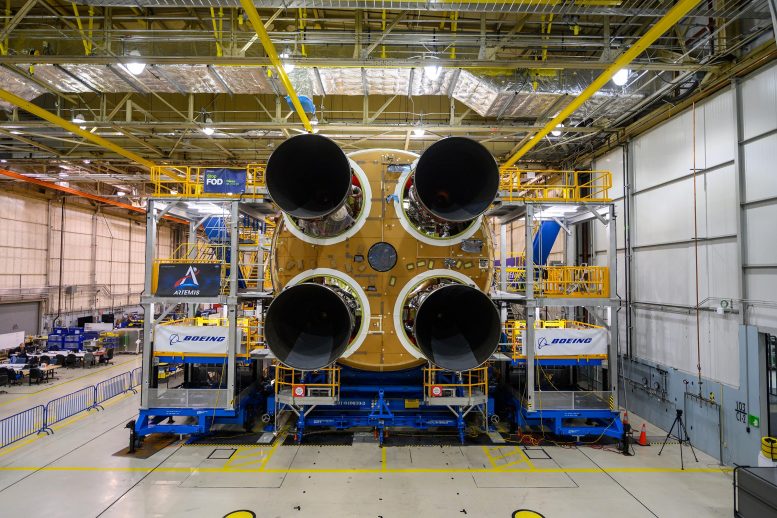
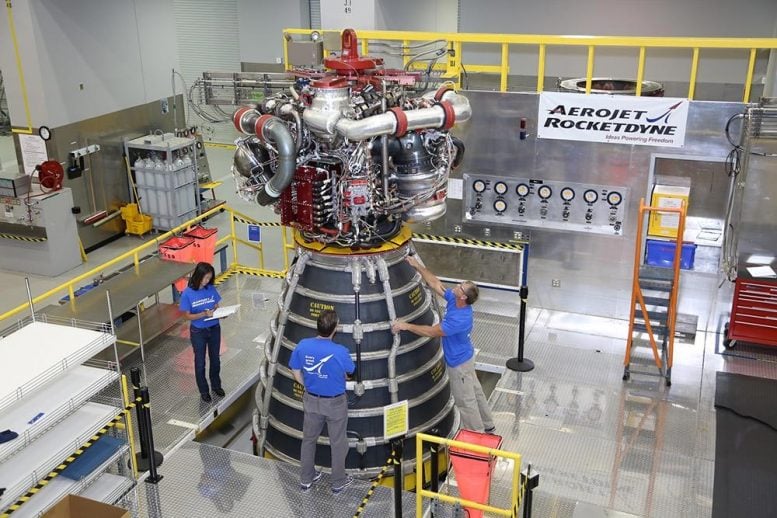


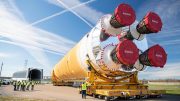

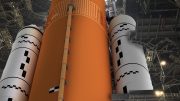
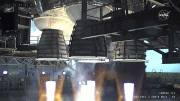
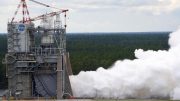
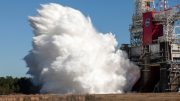
I love knowing that are going to fly again. It breaks my heart knowing it’s their last.
Boeing sucks the money out of nasa, they hold back space exploration with no asperation to innovate, but to build hardware that costs so much its hard to sell the space programme.